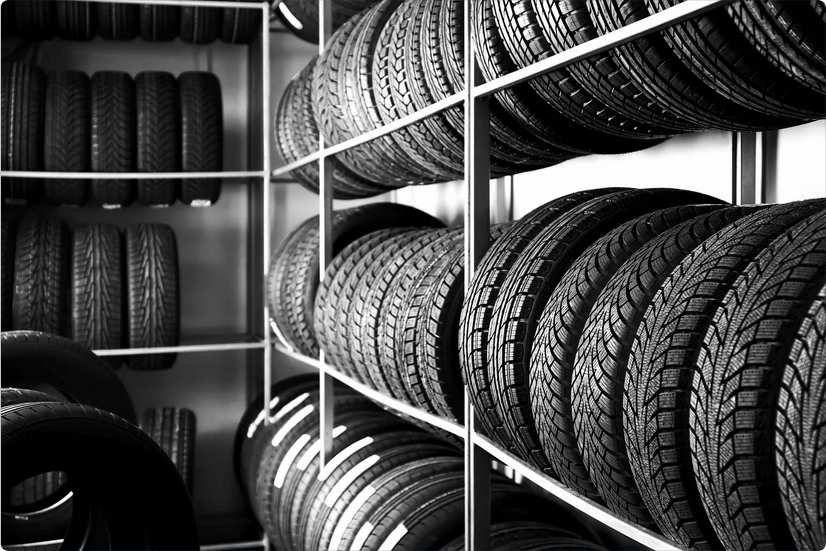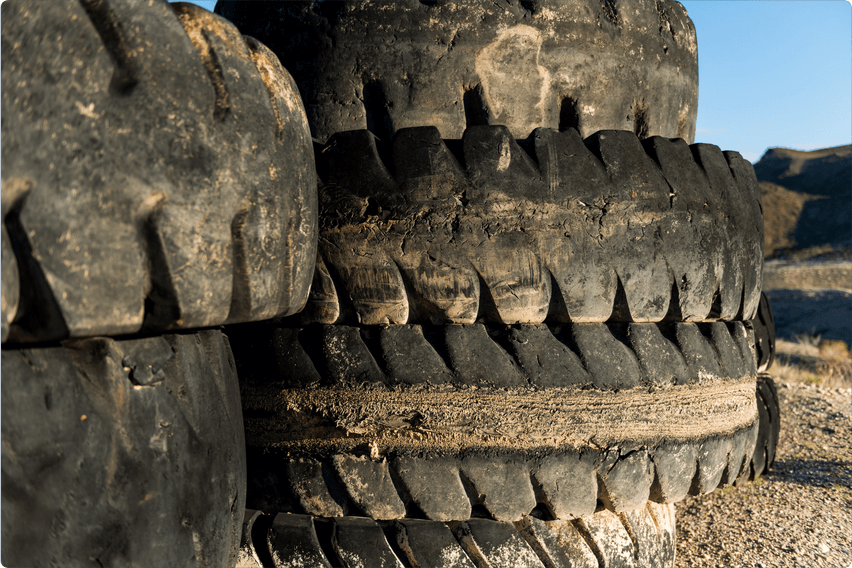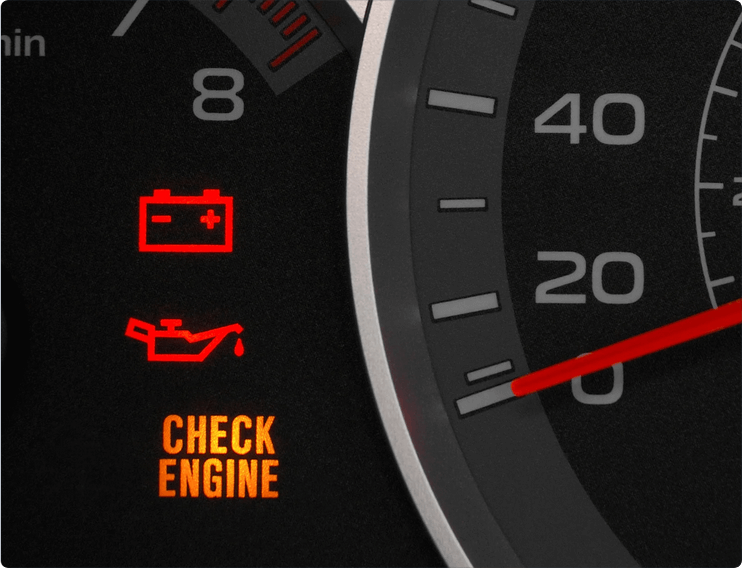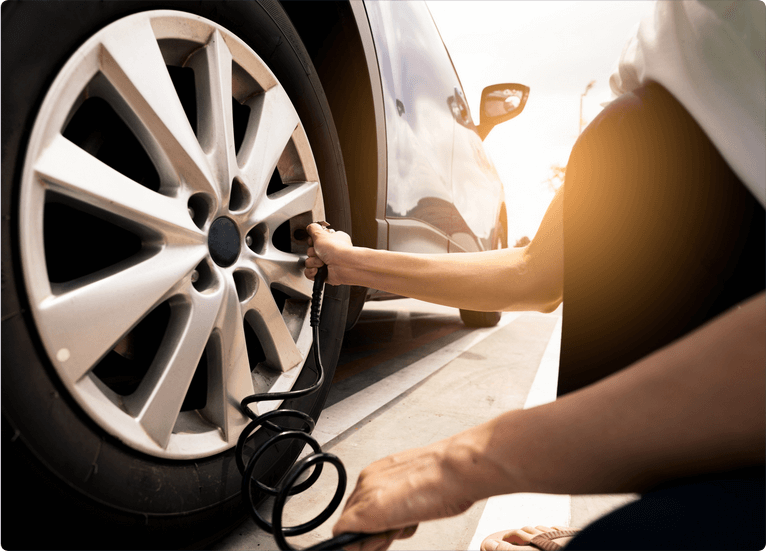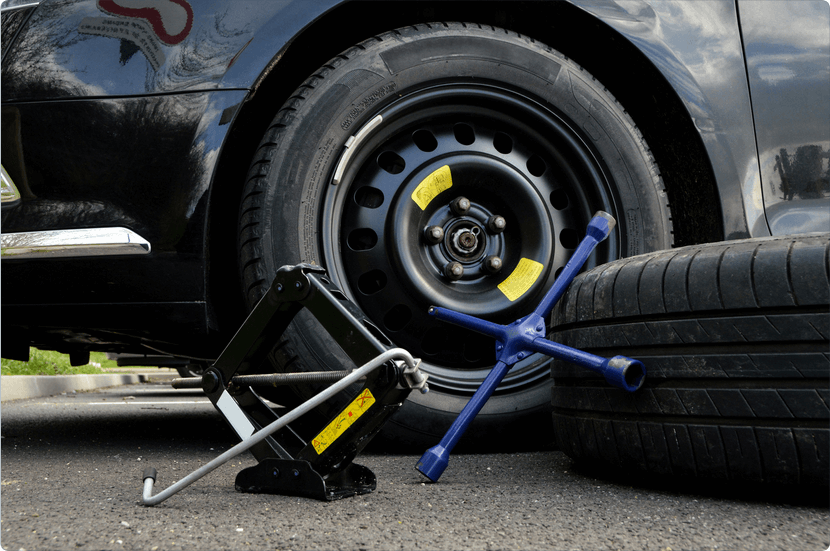If you live in the mountainous areas of North Carolina or plan to spend time up in the mountains over the winter, you should know how to drive safely in snowy or icy conditions. Since winter conditions can make it more difficult to take turns, ascend or descend mountain roads, and see the road, it’s well worth it to take some extra time to prepare your car and review some mountain driving best practices before you hit the road.
As you prepare for some winter mountain driving, take a moment to review our top four winter mountain driving tips.
1. Check Your Tire Tread
Before you hit the mountains, you need to make sure your tires are in good condition and have enough air. To start, you’ll want to check your tire tread to make sure it hasn’t worn down to an unsafe level. If your tread is below 2/32” in tread thickness, it’s considered unsafe, as the worn-down tread will make it more difficult for your tires to grip the road.
Without enough grip, you’ll struggle to take turns and slow down, which can be even more dangerous while driving in the mountains during the winter. You can easily check the tread by putting a penny upside down between the tire’s tread grooves. If you can see the top of Lincoln’s head while the penny is between the grooves, you’ll need to replace your tires.
2. Check Your Tire Pressure
Maintaining proper tire pressure is crucial for safe weather driving. While it’s generally recommended to keep your tires inflated to the manufacturer’s suggested PSI—typically between 30 and 35 PSI— slightly lowering the pressure to ⅞ of the recommended level can enhance traction on snowy roads. However, it’s important to reinflate your tires to the correct PSI once road conditions improve to maintain fuel efficiency, tire longevity, and proper vehicle handling. To ensure you’re prepared for winter weather, regularly check your tire pressure as cold temperatures can cause it to drip by 1-2 PSI for every 10-degree decrease.
3. Consider Investing in Winter Tires
If you regularly drive through the mountains in an area that gets lots of snow, you should consider investing in winter tires (also called snow tires). Unlike other types of tires, winter tires are specifically designed to help drivers maintain control of their vehicles in snow and other wintry conditions.
Compared to all-season and summer tires, snow tires have a deeper tread depth and a different tread pattern to improve traction. They’re also constructed out of rubber that’s more flexible and designed to stay soft in cold weather, increasing durability and traction. Typically, snow tires are best if you plan to do a lot of winter driving in snowy or icy conditions. If you live in an area with heavy snow, you might want to consider studded snow tires for even more traction.
4. Follow a Few Winter Mountain Driving Best Practices
Whether you have winter tires or standard all-season tires, there are a few winter mountain driving best practices you should follow on the road. As you prepare to drive in wintry conditions during the winter, take a moment to review the following five winter mountain driving tips:
- Don’t be afraid to use your horn: If you’re taking a corner and winter conditions are affecting your visibility, blow your horn to alert other drivers. Doing so can help other drivers know where you are, and they might use their horns back or flash their lights to make themselves more visible to you.
- Avoid aggressive driving: In normal conditions, passing other vehicles on a turn or speeding up to get around another vehicle is fairly safe. However, this sort of aggressive driving raises your risk of losing control of your vehicle or having an accident in the winter. This advice doubly goes if the winter conditions are making it difficult to see far down the road.
- Slow down: Even if other drivers are driving fast on icy or snowy roads, you don’t want to give in to peer pressure. Your safety and the safety of other drivers are far more important than getting to your destination a few minutes faster. Make sure to drive slowly on icy roads and around turns, and if you’re worried about visibility, turn on your hazard lights. When you accelerate or slow down, do so slowly as well, as fast acceleration or deceleration could send your car into a tailspin.
- Be prepared for black ice: Since black ice is a thin layer of ice that can blend into the pavement, it can be hard to see and quite dangerous. When you can see it, take your foot off the gas or brakes while keeping your wheels straight until you’re over the ice. However, if you hit hidden black ice and start to fishtail, turn your steering wheel in the direction the spin is going until you regain traction or have come to a stop, as trying to fight the spin will only make it worse.
- Keep your car off cruise control: While cruise control is very convenient, it also reduces your control over your car. Due to the threat of black ice and other wintry conditions that can affect your vehicle, you should have full control over your vehicle at all times while driving in snowy conditions. Cruise control can take your mind off the road and make your reaction time slower, so it’s not recommended for winter mountain driving.
Choose Chapel Hill Tire Winter Vehicle Maintenance in the Triangle
If you’re looking for vehicle repair services or a new set of winter tires in Durham, Raleigh, Chapel Hill, or the surrounding Triangle area, turn to Chapel Hill Tire. With our tire finder tool, you can quickly find a new set of winter tires for mountain driving, and our team will be happy to walk you through your options. We can also replace your tires for you, inspect your vehicle to ensure it’s ready for wintry conditions, and perform any repair or maintenance services your vehicle might need.Learn more about our vehicle inspection and repair services today. If you need a new set of winter tires or any maintenance services, please make an appointment at one of our convenient locations in the Triangle area. We also recommend checking out our coupons to see how much you can save!


